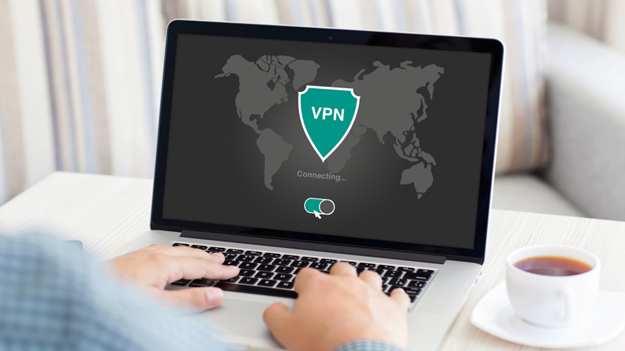A secure connection to the Internet is provided by a VPN, which stands for Virtual Private Network. As you are aware, whenever you browse various websites, a plethora of errors and viruses are always waiting for you. It should come as no surprise that a lot of websites keep track of your personal information and browsing history, which is also a bad thing.
We recommend using a VPN to solve all these issues. Between you and the Internet, a VPN provides an additional layer of anonymity and privacy. You can use it for personal or professional browsing with the ease you require. We’ll show you how to set up a Windows VPN in this article today. The steps you need to take are listed below.
In Windows 10 and 11, you can connect to a VPN:
You will need to do the following if your laptop or personal computer already has Windows 10 installed:
Make a profile for a VPN:
You must first create a VPN profile on your laptop or personal computer before connecting to a VPN. You can accomplish this by creating a personal profile or a work account and obtaining a VPN from your employer.
Therefore, if you require a personal VPN, check the network’s website to see if they offer an app. After that, go to the available VPN sites and check each VPN’s connection settings. In contrast, if you require a business VPN, check your company’s website, or get in touch with their support team to see if one is available.
Join the VPN:
Turn on your computer and click the Start button on your desktop after confirming which VPN to use and creating your VPN profile. After that, navigate to the settings menu and select “Network and Internet.” There, you’ll find “VPN” and the choice to add a VPN connection. Select the built-in To Do window and click Add VPN Connection.
Enter the address of your VPN server in the address box or wherever it asks for the server name after selecting the window. A mailbox with information about various VPN types will then be found., Sign in with your credentials, then click Save.
Go to your desktop and click the network icon in the far-right corner of your taskbar after you’re finished. Click the Connect button when you are at your VPN connection. Connecting to your VPN will probably take between 3 and 5 seconds, and you will be notified as soon as the connection is complete.
Windows-based VPN software:
It’s very easy to use a VPN on your PC or laptop. Keep in mind that connecting to a VPN with Windows is much simpler than connecting to a VPN with your smartphone because Windows automatically connects to the VPN each time your device is powered on. It eliminates the hassle of manually turning it on.
Additionally, you can connect to the Internet remotely and securely using a Windows VPN. For instance, it can be difficult to digitally share many company files with remote workers because they contain sensitive information. However, providing employees with a VPN increases the security of access to these documents.
Still, it’s a good idea to look at all the numbers and facts first and think about them. It is not always easy to connect a VPN to your laptop or personal computer. Therefore, if you are utilizing a paid VPN service such as Nord VPN or Surf Shark, we recommend that you make use of the built-in software.
All these paid programs provide important back-end services to deal with security breaches and provide additional security. In a nutshell, connecting to a VPN software rather than a VPN server is preferable when using Windows.
Conclusion:
Finally, keep in mind that utilizing a virtual private network (VPN) is always an excellent choice. In addition to providing anonymity, it safeguards your data and devices against viruses and bugs.
